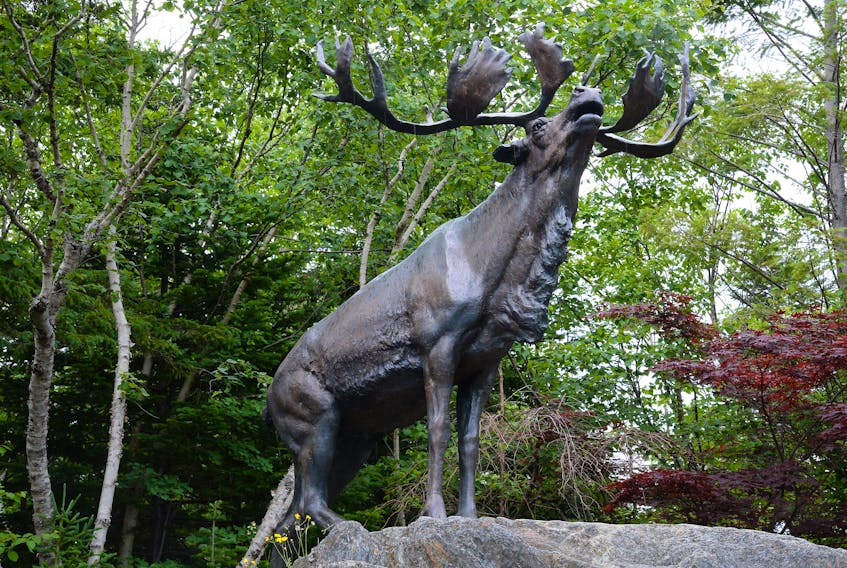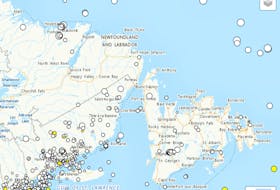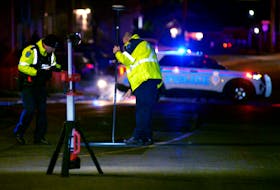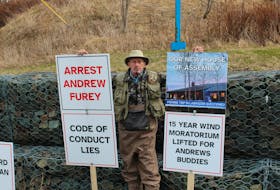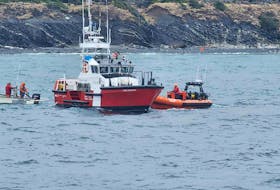ST. JOHN'S, N.L. — The monument and caribou statue at Bowring Park in St. John’s honours those of the Royal Newfoundland Regiment who fought, and died, during the bloody First World War battle near the town of Beaumont Hamel in France on July 1, 1916.
It also honours all other Newfoundlanders and Labradorians who sacrificed their lives for freedom during what was also known as The Great War.
The monument is a replica of the monument at Beaumont Hamel Park in France. Whether you stand next to the monument in Bowring Park, or the monument at the park in France — or at any other war memorial around the province — the names engraved are striking and familiar. They represent a generation lost.

There was hardly a town in the province, or a family, that wasn’t affected by the devastating losses at Beaumont Hamel and other battles during the First World War. The names represent the cost of freedom. The bravery shown by the province’s soldiers was widely noted: Commander-in-Chief of the British Forces, Sir Douglas Haig, wrote, “Newfoundland may well feel proud of her sons. The heroism and devotion to duty they displayed on 1st July has never been surpassed.”
At 7:30 a.m. on July 1, 1916, in what would be one of the bloodiest actions of the First World War, men of the Newfoundland Regiment started to cross 600 yards of No Man’s Land toward the German position. By 8 a.m, the attack was over. The detonation of a mine under the German trenches had failed to put enemy machine gunners out of action and instead served to warn the Germans that an attack was coming.
The Newfoundland Regiment had gone into action 801 strong. When the roll call was taken the next day, only 68 answered their names, mostly those who had been held back in reserve. The losses included 233 killed or who died of wounds, 386 wounded and 91 missing.
July 1 in Newfoundland and Labrador is first and foremost a memorial day. Canada Day falls on this Memorial Day. After people in the province take time to reflect and remember, residents join the rest of the country to celebrate the great country Canada — the freedoms it enjoys made possible by the sacrifices of so many in a number of conflicts.

